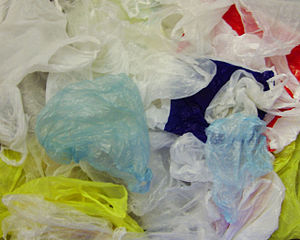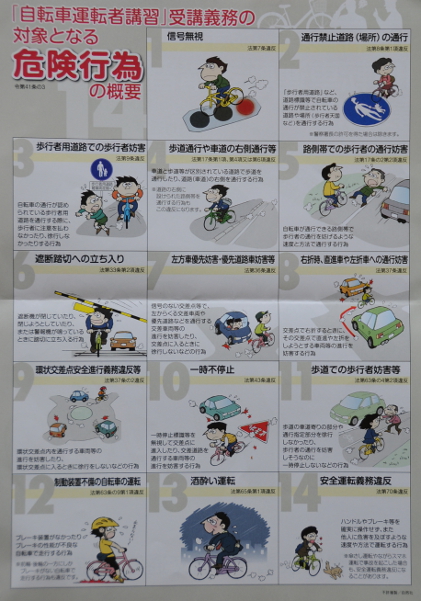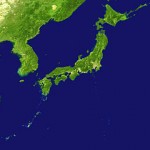The reigning emperor of Japan has given a 10 minute speech on television yesterday. He states in ever so many words that he is now 80 years old and he feels his strength diminishing. He wonders whether there could be a way to move forward for an ageing emperor, and whether a regency is indeed such a good idea. Interestingly, he states in the beginning that these are his own, personal thoughts rather than that of the emperor, and never and nowhere does he use the word “abdication”.
You can watch the video (in Japanese of course) below or read a full translation of his speech, courtesy of the BBC.
https://www.youtube.com/watch?v=syYc1RWylPo
Now of course the discussion has started. Not so much among the common people, a majority says that they are fine with the emperor retiring and a new one taking his place. Even though he still is a, if not the main, symbol of Japan, he is 80 years old, an age where even the average Japanese thinks about retirement and taking it easy and enjoying a sunset.
Even Shinzo Abe, the current prime minister, says that he is taking the emperor seriously, and that one should start thinking about what to do regarding his age. However, other members of his extremely conservative party are objecting to an abdication of the emperor. Mostly because “but, this is unprecedented!!” which is not entirely true if one goes back in history long enough. Another reason is “but, we’d have to change the constitution!!” which cannot be such a great deal either since they are at least very big on reinterpreting the thing as they see fit. The deal breaker however, is the last reason: “but, but… what will it be next? Women on the throne???” which is just…
Oh well, I will lean back and enjoy the show. I don’t expect any kind of movement here for the time being since the Japanese are very good at sitting things out, especially unpleasant ones.







